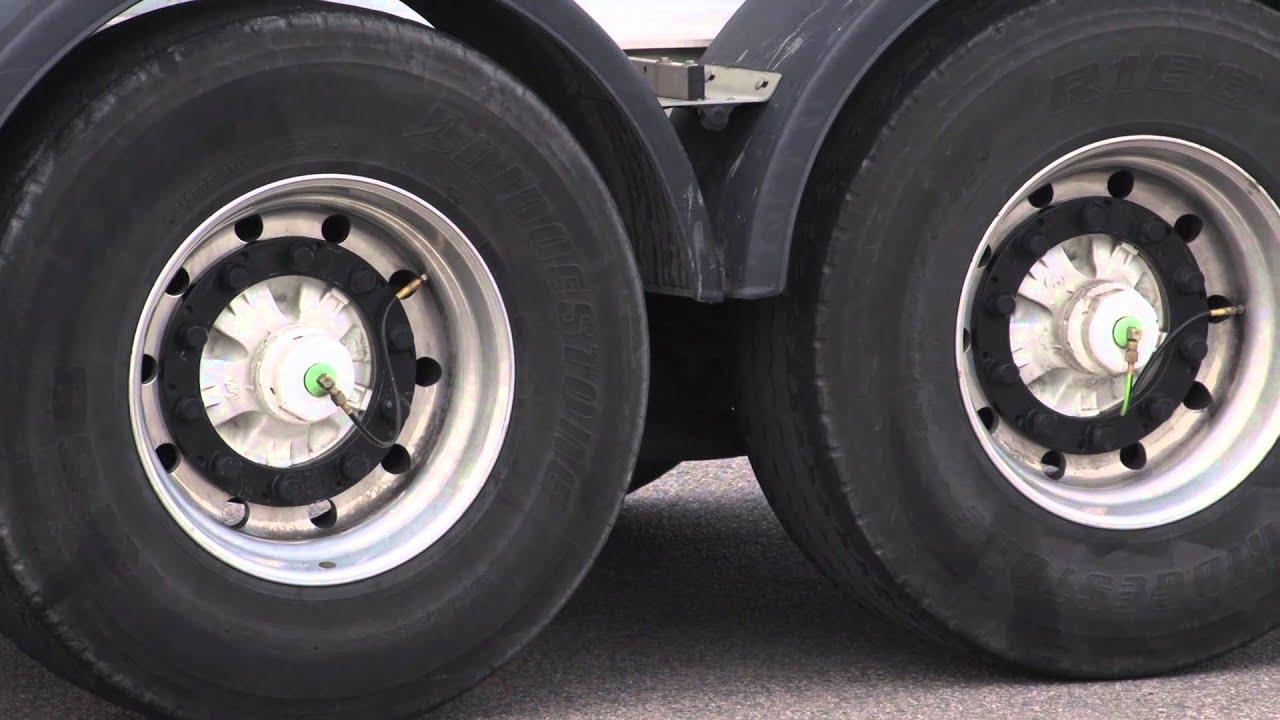Automatic Tire Inflation System: The Future of Safe Driving

Introduction to Automatic Tire Pressure Systems
Automatic tire inflation systems (ATIS) are emerging technologies that allow drivers to maintain optimal tire pressure levels without manual intervention. These systems use onboard air compressors and sensors to monitor each tire and automatically add or release air as needed. Maintaining proper pressure helps ensure safer handling, longer tread life, and better fuel economy. As more vehicles are equipped with ATIS, driving will become safer and more convenient.
How ATIS Works
All Automatic Tire Inflation System use sensors to constantly check the air pressure in each tire. The sensors transmit pressure readings to a central control module. If a tire's pressure dips below the recommended PSI level, the module activates an onboard air compressor. Compressed air is routed through valves into the underinflated tire. High-end systems can inflate a tire to the proper pressure within minutes. Meanwhile, the system also monitors for overinflation and releases air if needed. Manual tire gauges and refills become a thing of the past. Drivers simply drive while the automated system optimizes tire pressure in the background.
Safety Benefits of Proper Tire Pressure
Properly inflated tires play a huge role in vehicle safety. Underinflation can lead to dangerous situations like decreased traction, longer braking distances, and unpredictable handling in turns or emergencies. Even a small pressure loss of just a few PSI can compromise safety. ATIS help eliminate the number one cause of preventable tire failure - underinflation. By automatically maintaining optimal pressure levels, these systems enhance control and braking ability in all road and weather conditions. This passive safety feature could prevent thousands of accidents each year caused by underinflated tires.
Convenience and Other Advantages
Beyond safety, ATIS bring significant convenience benefits. Drivers no longer have to manually check pressure levels or refill tires as frequently. This saves time and removes uncertainty about whether tire pressure has changed since the last inspection. ATIS also help extend tire tread life. Maintaining the vehicle manufacturer's recommended PSI prolongs tread wear evenly across the entire surface area. Optimized pressure also improves fuel efficiency by reducing rolling resistance. Some studies show proper inflation can boost gas mileage by as much as 3%. With ATIS doing the work automatically, drivers reap these benefits without any extra effort.
System Components and Installation Considerations
Most ATIS have modular components that can be installed on most vehicles. The main assembly includes sensors, valve stems, wiring kits, and an electronic control module. An onboard compressor with an reservoir tank provides the compressed air. Proper installation requires mounting each sensor, running wiring to a centralized module, and connecting the compressor/tank assembly. Some vehicles may need additional modifications to accommodate the equipment. Professional installation is recommended to ensure everything functions properly. Installation typically takes 2-4 hours depending on the vehicle. While adding ATIS is an investment, the safety and convenience returns outweigh the upfront cost.
Emerging Sensor Technology Advancements
Innovations are allowing ATIS to become even more precise and hassle-free. New sensors equipped with Bluetooth or Wi-Fi capabilities transmit pressure readings to smartphone apps. This allows remote monitoring on the go. If pressures fall outside the optimal range, drivers receive push alerts to add air before a potential problem arises. Advanced sensors also use acoustic wave technology for oil-free, high-frequency pressure detection. Not prone to drift over time, these sensors maintain ultra-high accuracy to within 1 PSI. Such enhancements help ATIS live up to their potential as a proactive safety system. By seamlessly optimizing tire pressures, drivers can focus fully on the road ahead while cruising toward their destinations safely.
Conclusion
As vehicle technologies continue advancing driver assistance, automatic tire inflation systems are poised to become standard protective features. Already proven effective on commercial trucks and buses, ATIS migrate safety benefits to personal vehicles. By taking pressure maintenance out of human hands, these systems prevent safety-critical underinflation issues from arising. While initial costs may be higher than traditional methods, ATIS more than pay for themselves through increased fuel efficiency, prolonged tire life, and most importantly - accident prevention. As sensors and components shrink in size, expect future cars to arrive equipped with automatic inflation as a baseline active safety system. ATIS will help drivers safely roll forward into the future of mobility.
Get More Insights On This Topic: Automatic Tire Inflation System
Explore More Related Topic: Automatic Tire Inflation System
- Art
- Causes
- Crafts
- Dance
- Drinks
- Film
- Fitness
- Food
- Spellen
- Gardening
- Health
- Home
- Literature
- Music
- Networking
- Other
- Party
- Religion
- Shopping
- Sports
- Theater
- Wellness
- IT, Cloud, Software and Technology


